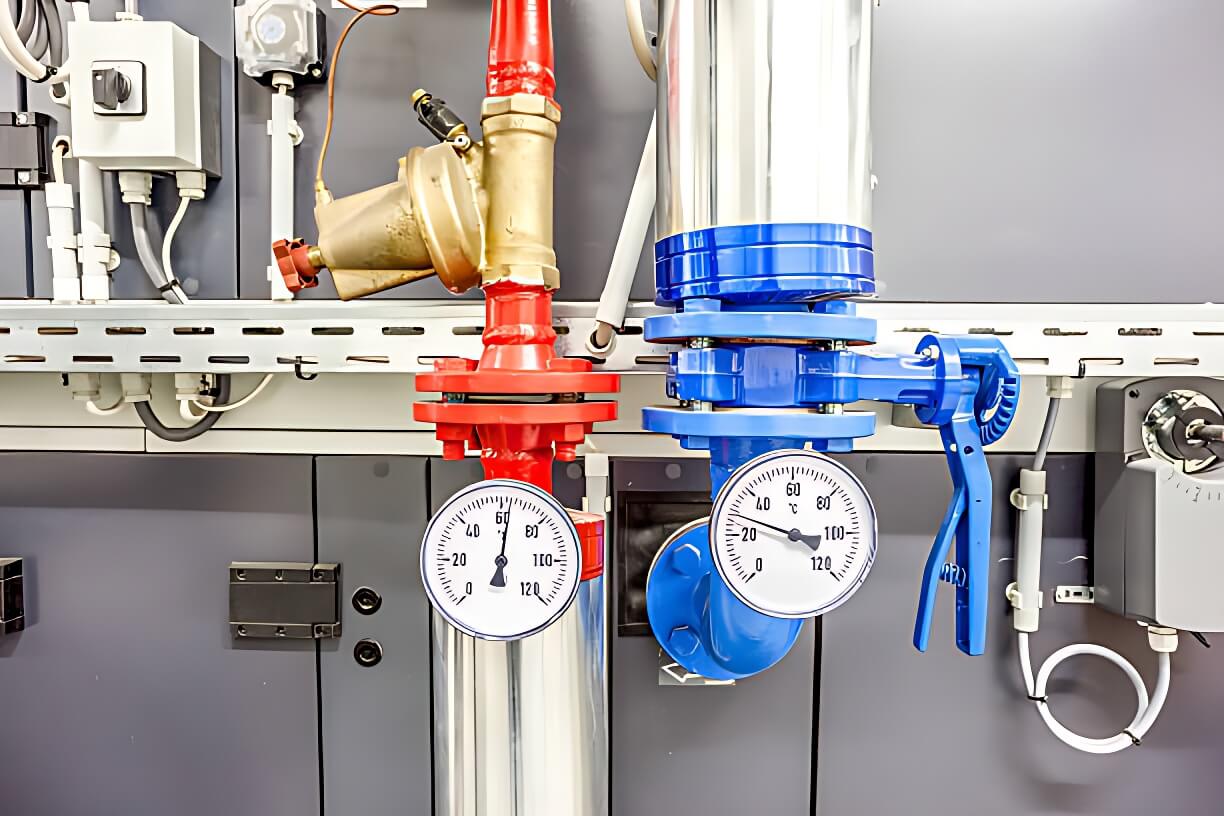Fluid management plays a pivotal role across a wide spectrum of industries, from manufacturing and agriculture to healthcare and energy production. The ability to accurately measure and control the flow of liquids and gases is crucial for ensuring efficient processes, minimizing waste, and maintaining product quality. In this comprehensive guide, we delve into the world of flow meters – devices designed to measure flow rates – and provide expert insights into selecting and installing the right flow meter for your specific needs.
Understanding Flow Meters
Flow meters are devices that quantify the flow rate of liquids or gases through pipes and conduits. Their significance lies in providing real-time data that aids in decision-making, process optimization, and regulatory compliance. There are various types of flow meter available, each employing distinct technologies to achieve accurate measurements. These include Differential Pressure, Magnetic, Ultrasonic, Coriolis, Vortex, and more. The choice of flow meter depends on factors such as the type of fluid, flow rate range, accuracy requirements, and installation environment.
Factors to Consider in Flow Meter Selection
- Fluid Characteristics: The properties of the fluid being measured significantly influence the choice of flow meter. Viscosity, temperature, pressure, and conductivity all impact the performance of flow meters. For example, a Coriolis flow meter is ideal for measuring viscous fluids due to its ability to account for density changes.
- Flow Rate Range: Understanding the range of flow rates your application will experience is crucial. Some flow meters excel in measuring low flow rates, while others are better suited for high flow rates.
- Accuracy Requirements: Different applications demand varying levels of accuracy. For tasks where precision is paramount, such as custody transfer in the oil and gas industry, Coriolis flow meters are favored due to their exceptional mass flow rate accuracy.
- Installation Environment: Whether the flow meter will be installed indoors, outdoors, or in hazardous areas dictates the type of flow meter that can be used. For hazardous environments, intrinsically safe flow meters may be necessary to ensure safety.
In-depth Exploration of Flow Meter Types
- Differential Pressure Flow Meters: These work on the principle of creating a pressure drop across an obstruction in the flow path. Examples include Orifice Plates and Venturi Tubes. They are cost-effective and suitable for a wide range of applications.
- Magnetic Flow Meters: Employing Faraday’s law of electromagnetic induction, these meters measure conductive fluids. They are particularly useful for applications where the fluid is corrosive or abrasive.
- Ultrasonic Flow Meters: These meters use ultrasonic waves to measure flow rates. They can be either transit-time or Doppler-based. Ultrasonic flow meters are non-intrusive and ideal for applications where maintaining a clean flow path is essential.
- Coriolis Flow Meters: Based on the Coriolis effect, these meters measure the mass flow rate of fluids. They are highly accurate and suitable for applications where precision is critical, such as pharmaceutical manufacturing.
Selecting the Ideal Flow Meter for Your Application
Selecting the right flow meter requires a systematic approach. Create a checklist based on the factors mentioned earlier to guide your decision-making process. For instance, if you’re measuring the flow of a corrosive fluid in an outdoor environment, a magnetic flow meter with appropriate lining might be the best choice. Consulting with flow meter experts can provide valuable insights into complex applications.
Installation and Commissioning
Proper installation is essential to ensure accurate measurements. Flow meters should be positioned in a way that minimizes disturbances to the flow, such as turbulence or air pockets. Aligning the flow meter correctly with the flow direction is vital. During commissioning, calibration should be performed to fine-tune the flow meter’s accuracy.
Optimizing Flow Measurement for Efficiency
Regular maintenance is key to keeping flow meters performing optimally. Calibration should be carried out according to recommended schedules. Monitoring the flow meter’s data can help identify potential issues early on. If inaccuracies arise, troubleshooting should be systematic to isolate and rectify the problem promptly.
Conclusion
Mastering fluid management through the selection and installation of appropriate flow meters is a critical aspect of various industries. By understanding the factors influencing flow meter selection, delving into the intricacies of different flow meter types, and prioritizing accurate installation and maintenance, organizations can ensure efficient operations, minimize wastage, and maintain product quality.


